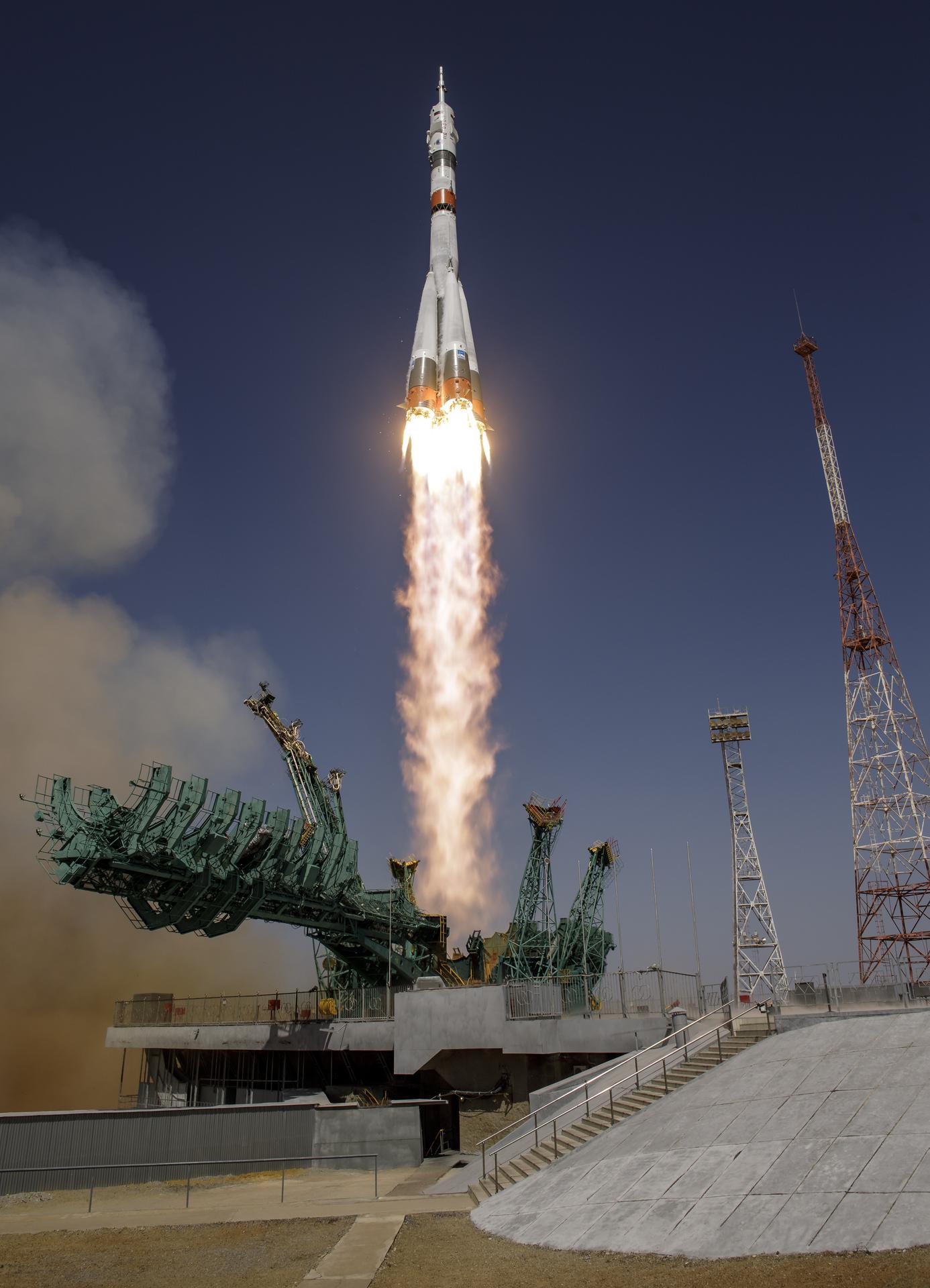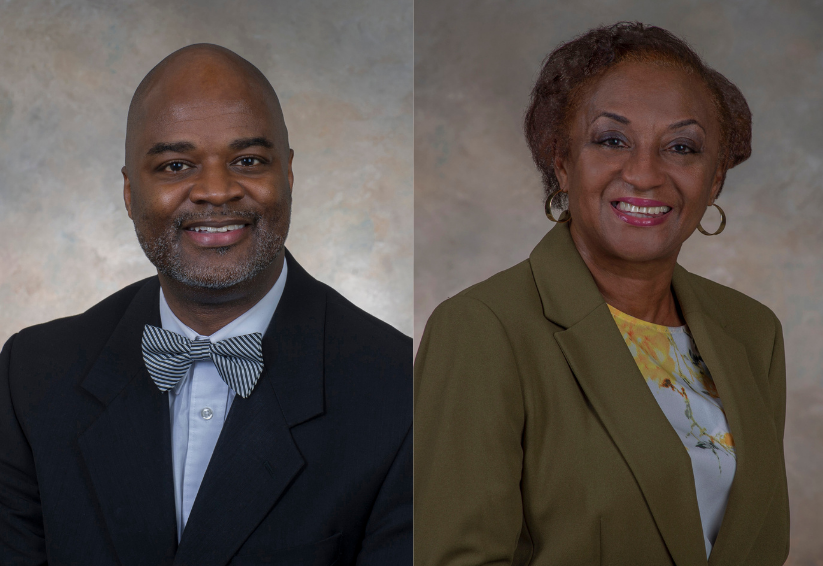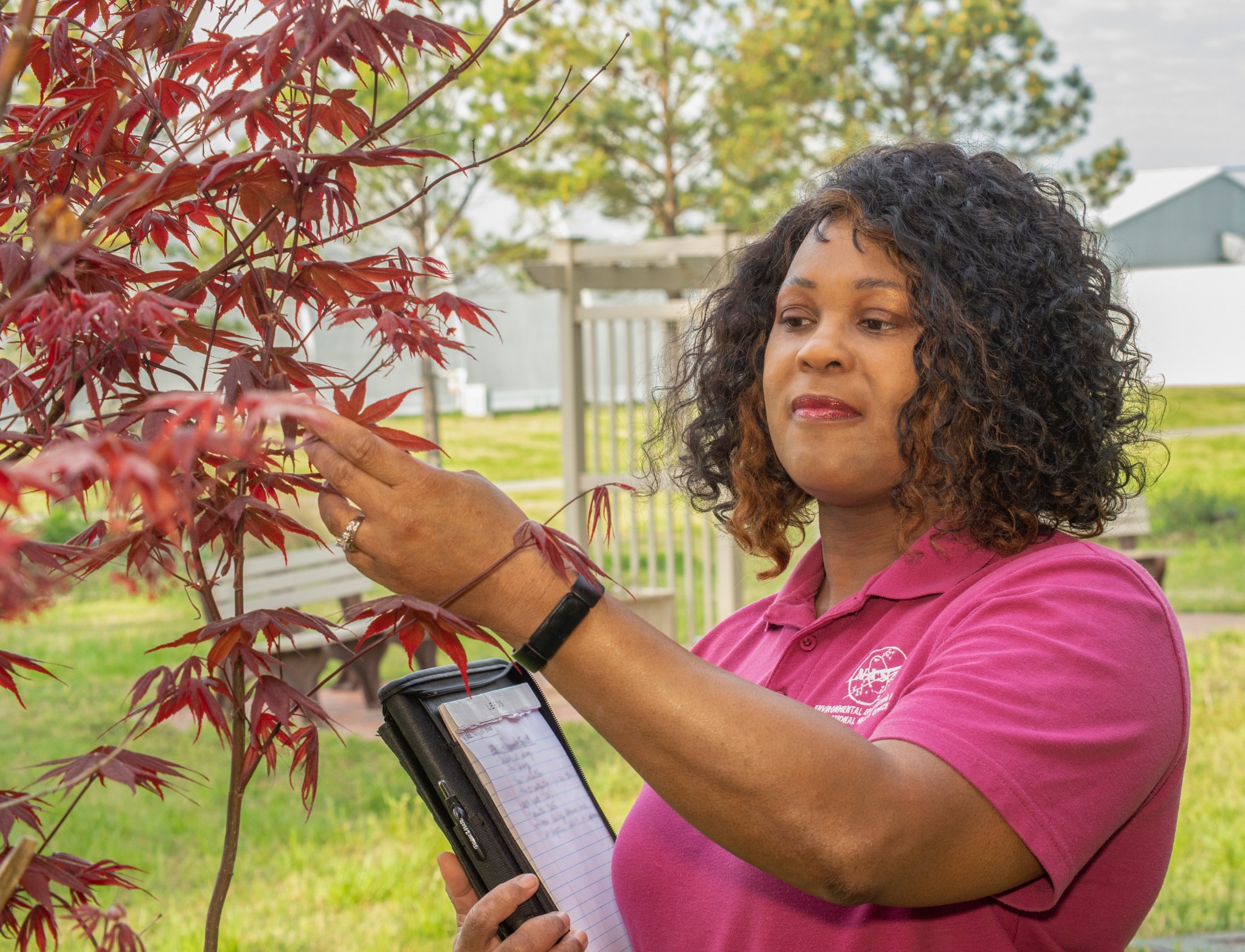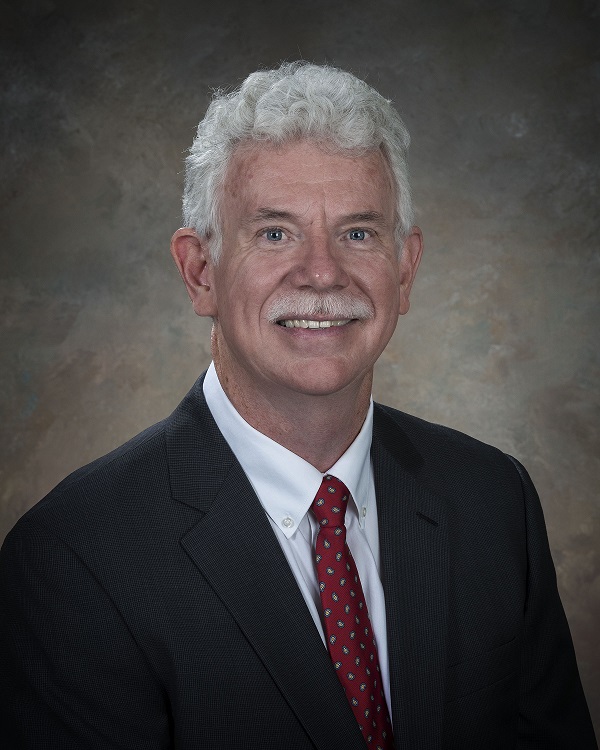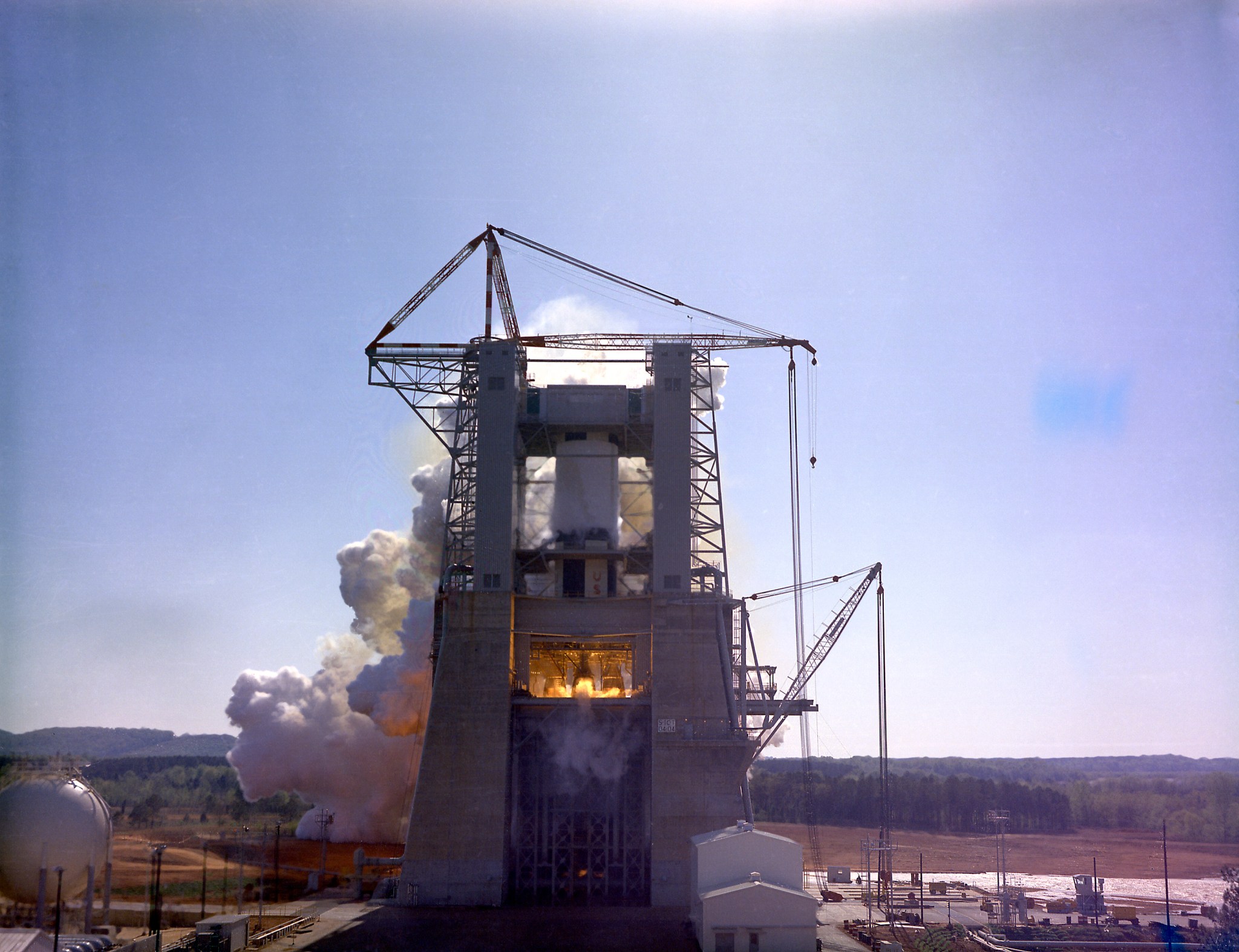Artemis I Core Stage Being Readied for Shipment to Kennedy
The Space Launch System core stage Green Run team has reviewed extensive data and completed inspections that show the rocket’s core stage and engines are in excellent condition after the full-duration Green Run hot fire test March 18.
This test at NASA’s Stennis Space Center allowed the team to obtain data to meet all the hot fire test objectives. This second hot fire test was described as “flawless” by the test team that included NASA and prime contractors Boeing and Aerojet Rocketdyne. The team encountered no issues during the test that started with powering up the core stage on March 16.
The core stage includes the liquid hydrogen tank and liquid oxygen tank, four RS-25 engines, and the computers, electronics, and avionics that serve as the “brains” of the rocket.
The hot fire was the final test of the Green Run series. The term “green” refers to the new hardware that will work together to power the stage, and “run” refers to operating all the components together simultaneously for the first time. For the test, the 212-foot core stage generated 1.6 million pounds of thrust, while anchored in the B-2 Test Stand at NASA’s Stennis Space Center near Bay St. Louis, Mississippi. The hot fire test included loading 733,000 gallons of liquid oxygen and liquid hydrogen – mirroring the launch countdown procedure – and igniting the engines.
Artemis I will be the first in series of increasingly complex missions, testing the SLS rocket and Orion spacecraft as an integrated system ahead of crewed flights to the Moon. Under the Artemis program, NASA is working to land the first woman and the next man on the Moon. SLS is the only rocket that can send Orion, astronauts, and supplies to the Moon on a single mission. Credits: NASA
While analyzing data, the team refurbished the core stage in preparations for shipping it this month to NASA’s Kennedy Space Center for the Artemis I launch. Refurbishment activities included drying the RS-25 engines and making expected repairs to the engines and the thermal protection system on the core stage.
This week, the team powered up the core stage and loaded the flight software that will be used for the Artemis I mission. Now, they are disconnecting systems that connect the stage to the B-2 Test Stand. Next, the stage will undergo final shipping preparations before it is lifted out of the stand and placed on the Pegasus barge.
Check the Artemis blog for more updates.
NASA Astronaut Mark Vande Hei, Crewmates Arrive Safely at Space Station
NASA astronaut Mark Vande Hei and two Russian cosmonauts arrived at the International Space Station on April 9, bringing its number of residents to 10 for the coming week.
The Soyuz MS-18 spacecraft carrying Vande Hei and cosmonauts Oleg Novitskiy and Pyotr Dubrov of the Russian space agency Roscosmos docked to the station’s Rassvet module at 6:05 a.m. CDT. Docking occurred two orbits and about three hours after a 2:42 a.m. launch from the Baikonur Cosmodrome in Kazakhstan.
Vande Hei, Novitskiy, and Dubrov will join the Expedition 64 crew when hatches open about 9 a.m. Expedition 65, with NASA astronaut Shannon Walker as commander, will begin April 16, upon the departure of NASA’s Kate Rubins, Roscosmos’ Sergey Kud-Sverchkov, and departing station commander Sergey Ryzhikov. The trio will land in Kazakhstan following a six-month stay aboard the orbiting laboratory.
The change of command ceremony with all crew members is scheduled for 2:45 p.m. April 15, and will air live on NASA Television, the NASA app, and the agency’s website.
This marks the second spaceflight for Vande Hei, the third for Novitskiy, and the first for Dubrov. During a six-month stay aboard the station, the trio will work on science and research in technology development, Earth science, biology, human research, and more.
During Expedition 65, the arrival of Crew-2 aboard the SpaceX Crew Dragon will bring four more members to the station. Crew-2 is currently scheduled for launch on Earth Day, April 22. Crew-1, the first long-duration commercial crew mission, will return to Earth on April 28.
In November 2020, the station surpassed its 20-year milestone of continuous human presence, providing opportunities for unique technological demonstrations and research that help prepare for long-duration missions to the Moon and Mars while also improving life on Earth. To date, 243 people from 19 countries have visited the orbiting laboratory that has hosted nearly 3,000 research investigations from researchers in 108 countries and areas. The Payload Operations Integration Center at NASA’s Marshall Space Flight Center oversees all experiments and science communications aboard the station.
Follow Vande Hei on Twitter throughout his mission and get the latest space station crew news, images, and features by following @space_station, and @ISS_Research on Twitter, as well as the ISS Facebook and ISS Instagram accounts and the space station blog.
Katherine Estes Recognized as HEO HErO

Katherine Estes is the latest team member from NASA’s Marshall Space Flight Center to be named a HEO HErO. Estes effectively leads the Space Launch System Liquid Engines Element Office Program Planning and Control team, assisting management in strategic decisions to support the missions and goals of NASA’s Human Exploration and Operations Mission Directorate. Each week, the directorate recognizes HEO HErOes, team members from across the agency who have made vital contributions in their support of NASA’s mission to land the first woman and next man on the Moon by 2024. (NASA)
Marshall Acknowledged as Huntsville 2021 Champion of Diversity
Larry Mack, left, deputy director of the Office of Human Resources, and Carolyn Magsby, deputy director of the Office of Diversity & Equal Opportunity, accepted a Huntsville DEI Champions of Diversity award on behalf of NASA’s Marshall Space Flight Center at the virtual Future and Beyond: Diversity, Equity and Inclusion Symposium on April 8. “The focus behind everything that we do, first and foremost, is to make sure we understand that everybody has a voice, and we want those voices to be heard,” said Mack while co-accepting the 2021 Champion of Diversity Large Business Award. “Marshall is committed to diversity, equity, and inclusion, cultivating a well-rounded and representative work force,” Magsby said. The symposium was organized by a committee of professionals across various sectors in Madison County. The group seeks to create a community wide dialogue on the impact of diversity, equity, and inclusion on the landscape of business, education, faith, health, and employment. Marshall’s offices of Diversity & Equal Opportunity and Human Resources work to proactively prevent discrimination by providing training to all employees, encouraging and facilitating resolution of issues, administering special emphasis programs, and advising center management on all diversity and equal employment opportunity related matters. (NASA)
Green Hearts, Not Green Thumbs: Malene McElroy, Marshall Sustainability Coordinator, Promotes Environmental Awareness, Action
By Rick Smith
With spring in the air and Earth Day fast approaching, Malene McElroy, sustainability coordinator in the Environmental Engineering & Occupational Health Office at NASA’s Marshall Space Flight Center, says it doesn’t take a green thumb to promote environmental awareness in the workplace and at home.
“You just need a green heart,” she said.
The theme for Earth Day 2021, set for April 22, is “Restore Our Earth: What Can YOU Do?” – and NASA is gearing up to do more than ever before. In February, NASA named Gavin Schmidt, director of NASA’s Goddard Institute for Space Studies, to the new post of acting senior climate advisor. In March, the agency officially joined the newly formed White House National Climate Task Force.
As spring blooms and COVID-19 quarantine restrictions tentatively begin to ease, McElroy and her “green team” – environmental engineers, scientists, and other specialists from across Marshall – are encouraging team members and their families to spend more time outside, while continuing to practice social distancing and other safety tactics.
“Earth Day offers a perfect opportunity to briefly step away from our technology-driven lives and reconnect with our favorite green places, to reflect on the world we share and what we need to do to better care for it, and for one another, in light of our changing climate,” she said. “This is a pivotal moment for NASA, for the nation, and for the world.”
As sustainability coordinator, McElroy works closely with Bill Marks, Marshall’s acting sustainability officer, and Rhonda Truitt, energy and water conservation manager, to implement federal guidelines on cost-saving conservation efforts. She also serves as coordinator for Marshall’s Environmental Management System, working to educate the workforce on environmental requirements and emerging sustainability opportunities.
They work closely with Denise Thaller, director of NASA’s Environmental Management Division at NASA Headquarters, with their U.S. Army counterparts and civilian contractors across Redstone Arsenal and at NASA’s Michoud Assembly Facility, and with the Environmental Protection Agency and the Alabama Department of Environmental Management.
Under McElroy’s leadership, the green team produces the quarterly newsletter The Green Spot to keep the Marshall workforce updated on new federal regulations and NASA green campaigns, and to promote water, power, and fuel conservation in creative and engaging ways.
“There’s been a dramatic, positive culture shift in our approach to environmental management over the past 20 years,” she said. “From turning off lights and computers in our offices and practicing more thoughtful water conservation tactics, to adopting new, fuel-efficient vehicles and more environmentally friendly building materials and manufacturing techniques, we’ve made a lot of progress.”
But that was the easy part, she said. “Now it’s time to tackle the big projects, reducing our carbon footprint and eliminating hazardous and solid wastes altogether, if we can, fundamentally changing the way we live and work on the planet in order to sustain it for generations to come,” she said.
Originally hailing from the San Jose, California, area, McElroy earned a bachelor’s degree in chemical engineering from the University of Alabama in Tuscaloosa in 2000 and a master’s degree in environmental engineering from Rice University in Houston in 2002. Before she joined NASA full-time in 2013, she was a contractor for CH2M HILL, supporting Marshall’s Environmental Engineering and Occupational Health Office for nearly a decade.
She spent much of her early career at Marshall refining her expertise in stormwater and wastewater management – which involved a lot of splashing through streams and marshes, scrutinizing the health of nearby plant and aquatic animal life. Over the years, she enthusiastically pursued a broader green reach: helping launch Marshall’s single-stream recycling program, reviewing facility designs and leading building inspections, and managing the center’s chemical bar-coding program to safeguard chemical supplies for research and testing purposes. She even led site cleanup actions at Michoud from 2016-2019, shuttling back and forth to Louisiana.
“I’m a city girl, at heart, but I never minded getting my hands dirty,” she said. “And I’ve always enjoyed having a chance to positively affect the environment, to restore or maintain natural places, and improve a piece of the physical world.”
From 2013-2016, she took that role a step further, teaching environmental regulations at the University of North Alabama in Florence. There, she acquainted engineering and industrial hygienist students with U.S. environmental laws, including the Safe Drinking Water Act, the Clean Water Act, the Clean Air Act, and more.
“Teaching was a great experience – not just reviewing the law, but actively discussing it with students, debating how laws are passed and applied in real life,” she said. She wouldn’t mind returning to teaching when she retires from federal service, she said – wading back into the learning stream, still doing her part to make the world better.
Smith, a Manufacturing Technical Solutions employee, supports Marshall’s Office of Strategic Analysis & Communications.
The Importance of Wellbeing During Challenging Times
Dear Marshall Family,
Welcome to spring! It’s my favorite time of the year. It’s a time of renewal and growth. By the way, that’s true for people, just as it is for other parts of nature. I hope that you’re all making it a point to take breaks from your work when you can and get outside to enjoy the beauty of nature and this fantastic weather. I also hope that you’ve all replenished your home emergency kits, reviewed your safety plans, and prepared your safe place, in the event of severe weather.
After a few weeks of declining local COVID-19 cases, the numbers are bouncing up and down again. Given the data supporting the idea that face coverings are a very important factor of controlling the spread of the virus, a number of you have expressed concern about the state’s mask mandate being lifted. I want to encourage you to keep in mind that the virus is still a threat, so please keep doing all that you can to limit its spread. Face coverings and social distancing are still mandated for federal agencies. Similar to facemasks, I know there are differing opinions about vaccinations. Many, like myself, have been eagerly awaiting the time when they could be vaccinated, but others have no desire for that. I’m just thankful that vaccinations are becoming more widely available, and that we all have the choice.
April is Alcohol Awareness Month. Retail indicators and survey results point to increased sales and consumption of beer, wine, and spirits since the COVID-19 pandemic began. Since alcohol abuse was already a major health concern, with an estimated 14.1 million adults in America affected, these indicators may be a warning sign of worsening problems.
People often turn to alcohol as a way to cope with stress, boredom, or loneliness and each of these issues has been widely acknowledged during the pandemic. While alcohol use may initially seem to help reduce feelings of stress, it can actually lead to worsened feelings of stress and anxiety. Drinking out of boredom or loneliness can lead to increased lethargy and decreased motivation to reach out to others, thereby making the sense of isolation even worse. Alcohol use can also weaken or inhibit our immune system, which could put us at increased risk for COVID-19 and other infectious diseases.
Please be mindful of when, where, and how much you’re drinking, and don’t allow alcohol use to become an additional problem. If you attend support groups related to an alcohol or other addiction, please continue to do so. If your support group is not meeting due to COVID-19, please find another group, either locally or online – see the bottom link, below. Some useful resources:
- https://www.yalemedicine.org/stories/alcohol-covid/
- https://www.niaaa.nih.gov/directors-blog-alcohol-poses-different-challenges-during-covid-19-pandemic
- https://aa.org/pages/en_US
Keep in mind that the Employee Assistance Program is here to support you. If you would like to have a private discussion about anything related to wellbeing, don’t hesitate to contact me at terry.w.sterry@nasa.gov or 256-544-7549.
Be safe and well,
Dr. Terry Sterry
Licensed psychologist and Marshall Employee Assistance Program coordinator
Redstone Implements Changes to Gate Hours
Redstone Arsenal began implementing new hours at two gates April 10. Gate 8 on Goss Road is no longer open 24 hours and will instead revert to pre-COVID-19 hours of 5:30 a.m. to 9 p.m. daily. The changes to Gate 8 come as more guards will be moved to Gate 3 on Redstone Road, which is open Monday through Friday from 5:30 a.m. to 1 p.m. for inbound traffic and from 5:30 a.m. to 6 p.m. for outbound traffic. Gate 9 on Rideout Road is now the only 24-hour arsenal access point. Hours for Gates 1 and 7 remain the same: Gate 1 on Martin Road East is open Monday through Friday from 5:30 a.m. to 9 p.m.; Gate 7 on Martin Road West is open from 5:30 a.m. to 2 p.m. for inbound traffic and from 5:30 a.m. to 9 p.m. for outbound traffic. Gate 10 at Patton Road remains closed. (Redstone Rocket)
OSIRIS-REx Completes Final Tour of Asteroid Bennu, Highlighted on ‘This Week @NASA’
NASA’s OSIRIS-REx mission completed its final flyover of asteroid Bennu and is featured in “This Week @NASA,” a weekly video program broadcast on NASA-TV and posted online.
The OSIRIS-REx mission added the April 7 flyby to document surface changes that resulted on the asteroid during the mission’s sample collection maneuver last October. It will take until at least mid-April to downlink all of the data from the flyby. A survey of the sample collection site could teach scientists more about the nature of the surface and subsurface materials and the mechanical properties of the asteroid. The spacecraft is scheduled to return to Earth, with the sample material it collected, in September 2023.
OSIRIS-REx is a project of the Science Mission Directorate’s New Frontiers Program, managed by NASA’s Marshall Space Flight Center.
View this and previous episodes at “This Week @NASA” on NASA’s YouTube page.
This Week in NASA History: First Test Firing of Saturn V First Stage – April 16, 1965
This week in 1965, technicians at NASA’s Marshall Space Flight Center successfully test-fired the Saturn V first stage for the first time. The S-IC booster stage included five F-1 engines, capable of producing a combined 7.5 million pounds of thrust. The test lasted a full duration of 6.5 seconds and met all main test objectives. Today, Marshall is playing a vital role in the Artemis program by developing the Space Launch System, the backbone of NASA’s exploration plans and the only rocket capable of sending humans to the Moon and Mars. The NASA History Program is responsible for generating, disseminating, and preserving NASA’s remarkable history and providing a comprehensive understanding of the institutional, cultural, social, political, economic, technological, and scientific aspects of NASA’s activities in aeronautics and space. For more pictures like this one and to connect to NASA’s history, visit the Marshall History Program’s webpage. (NASA)



























